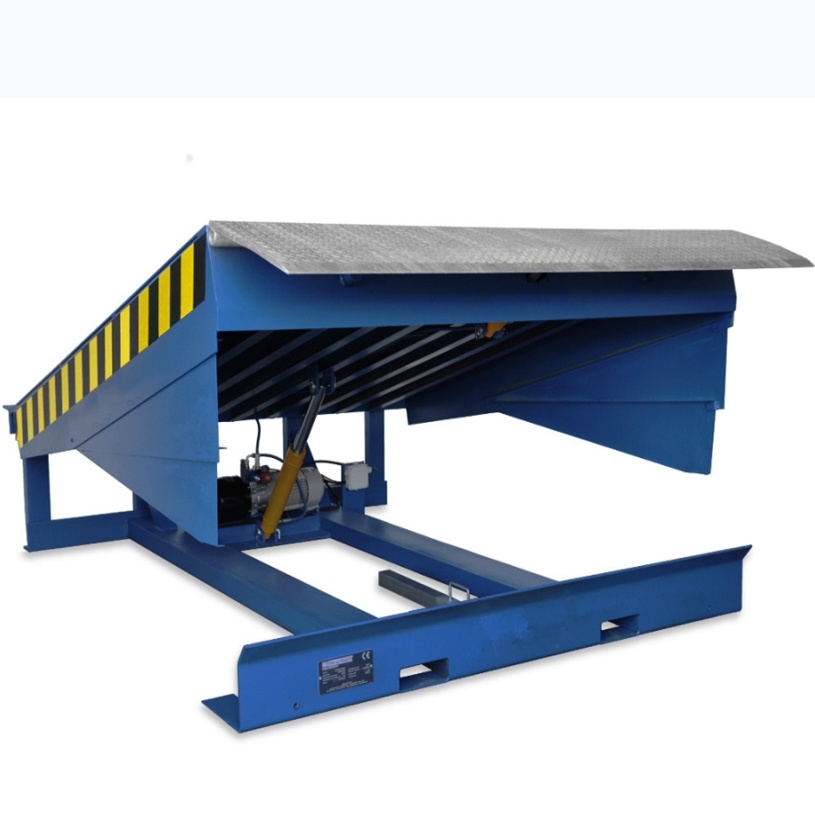Optimizing Loading dock equipment layouts is crucial for maximizing efficiency and productivity in the handling of goods. One key strategy is to design the layout to minimize the distance and time required for goods to travel between the storage area, the loading dock, and the outbound transportation. This can be achieved by strategically placing storage areas and organizing them based on the frequency of use and the types of goods being handled.
Another important consideration is the layout of the loading dock itself. Ensuring that the dock is designed to accommodate the types of vehicles and equipment used for loading and unloading can help streamline operations. For example, having multiple dock doors and levelers can allow for simultaneous loading and unloading of multiple trucks, reducing wait times and increasing efficiency.
Additionally, businesses can optimize their loading dock layouts by implementing technology such as warehouse management systems (WMS) and automated equipment. WMS can help businesses track and manage inventory more effectively, reducing the risk of errors and improving overall efficiency. Automated equipment, such as conveyor systems and robotic palletizers, can further streamline loading and unloading operations, reducing the need for manual labor and increasing productivity.
By carefully designing and optimizing their loading dock layouts, businesses can improve efficiency, reduce costs, and enhance overall productivity in their operations.





Comments